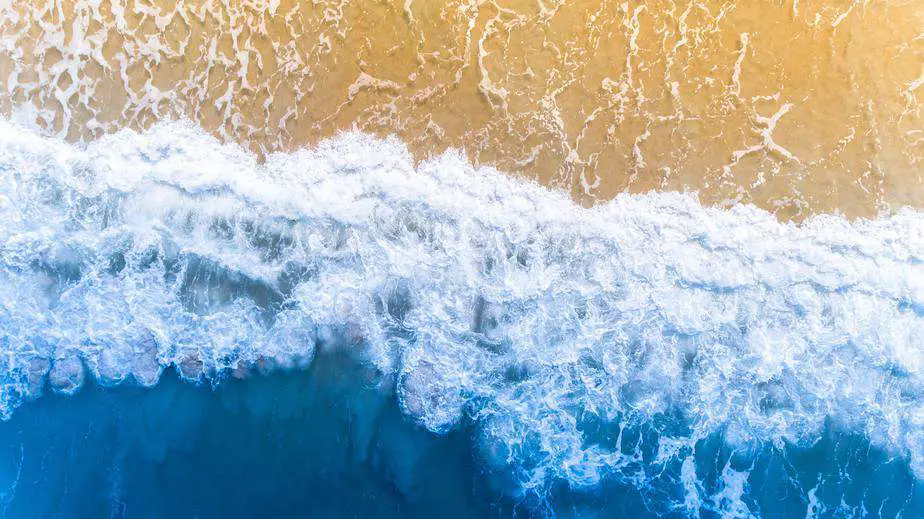High tide or low tide? If you’re just starting out with snorkeling, this may not even be something that you realize you can consider. Is one better than the other? Is there a best time to go snorkeling? Let’s consider these questions.
When you snorkel at high tide, the water visibility tends to be better, however the water may be too deep for you to see the bottom. This is less of an issue if you are willing to duck dive. At low tide, the visibility may be worse, however the shallower water can uncover shallow pools and make it easier to see things up close while remaining at the surface. You can also see different aquatic life at high tide vs. low tide. Thus, it really just depends on what you prefer, but most snorkelers tend to prefer low tide.
In this article, we’ll discuss the pros and cons of high tides and low tides so you can decide for yourself which one you prefer.
What you should know about tides
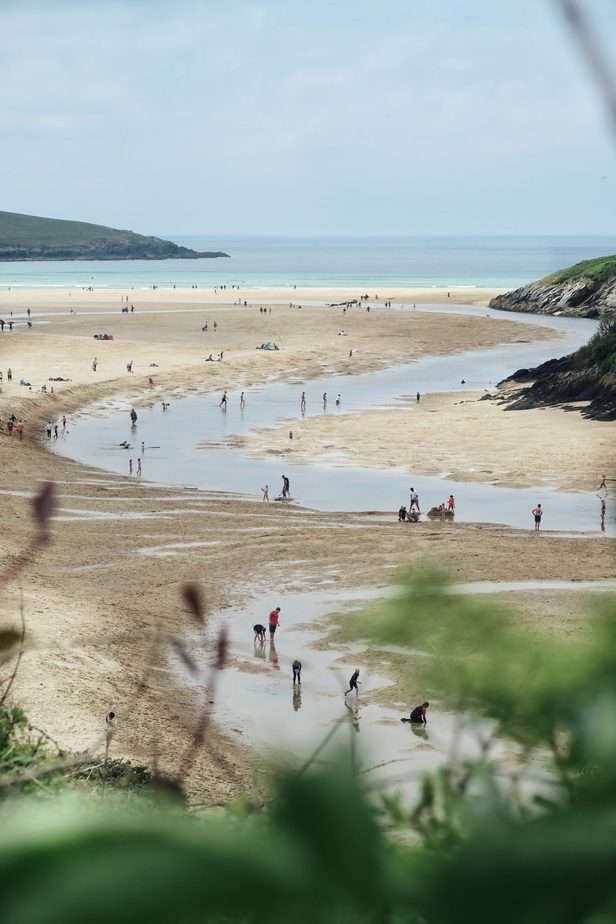
Before we discuss whether high tide or low tide is better for snorkeling, let’s clarify what each tidal state entails:
- High tide is when the waters are at their highest level.
- Low tide is when the waters are at the point of maximum ebb, or their lowest level.
We also need to mention spring tides and neap tides.
With a spring tide, the low tides are lower than normal, and the high tides are higher. Thus, the swing between low and high tide becomes greater which can shock unsuspecting people and make the waters unsafe..
Neap tide follows spring tide, and it is when the high tide is lower than normal, and the low tide is higher than normal. In other words, the swing between low and high tide is much less.
Knowing about spring tides is crucial because the increased movement of water can pose a safety risk. In general, you should always be aware of the tidal currents when snorkeling.
If you know when the peak period of tidal movement is, depending on where you are snorkeling, you will have to pay particular attention to significant tidal movements such as when the tide is advancing (coming in) or when it’s ebbing (going out).
Snorkeling at high tide
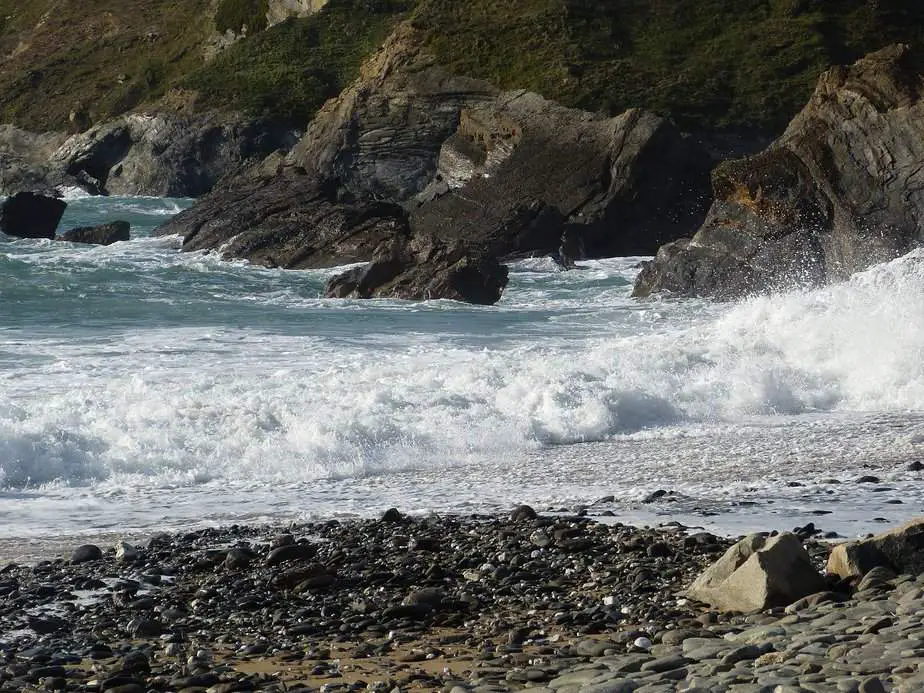
There are pros and cons to snorkeling at high tide.
Pros:
- Typically, the water visibility will be better during high tide. However, this also depends on what the sea bed is like.
- Some locations have too little water during low tide and you can only snorkel there during high tide.
- Some fish only appear during high tide because this is when they come out to feed. You have a higher chance of finding a predatory fish that will make its way around the coastline looking for its next meal.
- If you are snorkeling close to or above coral reefs, the high tide will keep you a nice distance above them so you can avoid getting cut or crazed, and in turn, the corals will not get damaged in the process.
Cons:
- Perhaps you want to be closer to the bottom to get a clearer view of the coral reef and aquatic life. During high tide, the water can rise so much that you feel it’s too deep and you can’t see the bottom. This is not an issue if you are an avid duck diver.
- At high tide, particularly during a spring tide, you need to pay attention to when the water starts to go out. This isn’t an issue if you are snorkeling in a protected bay where the tidal currents don’t affect you. However, if you’re snorkeling where tidal currents can reach, you don’t want to get sucked out on an outbound tide.
Snorkeling at low tide
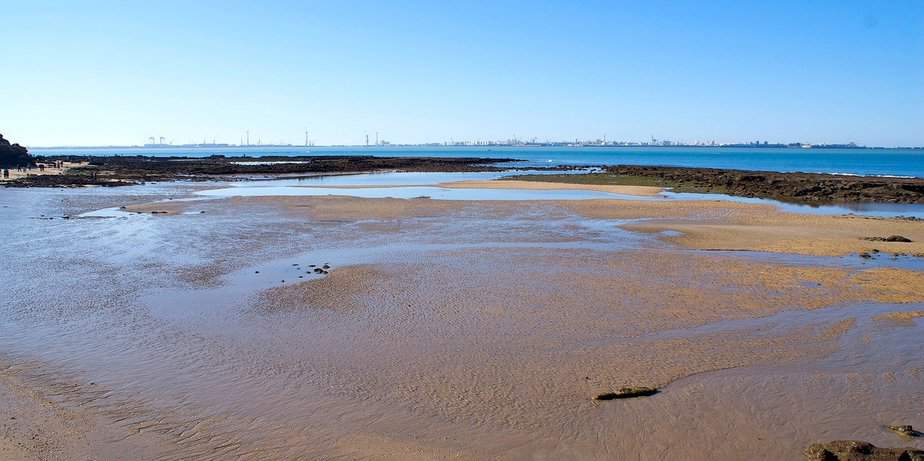
Here are the major advantages and disadvantages of snorkeling during low tide.
Pros:
- During a low tide, you will find creatures that only come out when the predatory fish have left with the outbound tide and it’s safer for them to come out. This is the best opportunity to see these aquatic creatures.
- When the water recedes, it will expose shallow pools that you will only find during a low tide. This is a great way to see more sea creatures in such a compact environment.
- If you’re new to snorkeling, low tide may be beneficial for you because the risk of drowning is decreased. You can try snorkeling in the shallow pools mentioned above.
- Snorkelers who are not into duck diving will benefit more from a low tide if the visibility is still acceptable. There will be less distance between the snorkeler and what they are observing, and they can get a better view without diving.
- You don’t need to worry about outbound tidal current pulling you away during the low tide.
Cons:
- Typically, the water visibility is lower around the coastline during a low tide. Again, this is not always true, and can depend on what the sea bed is composed of.
- You need to be more careful around coral reefs since there will be less distance between you and them compared to a high tide.
- You need to pay attention to inbound tidal currents, especially on a spring tide, as these may push you and unexpectedly make the environment more dangerous.
Is snorkeling during high tide or low tide better?
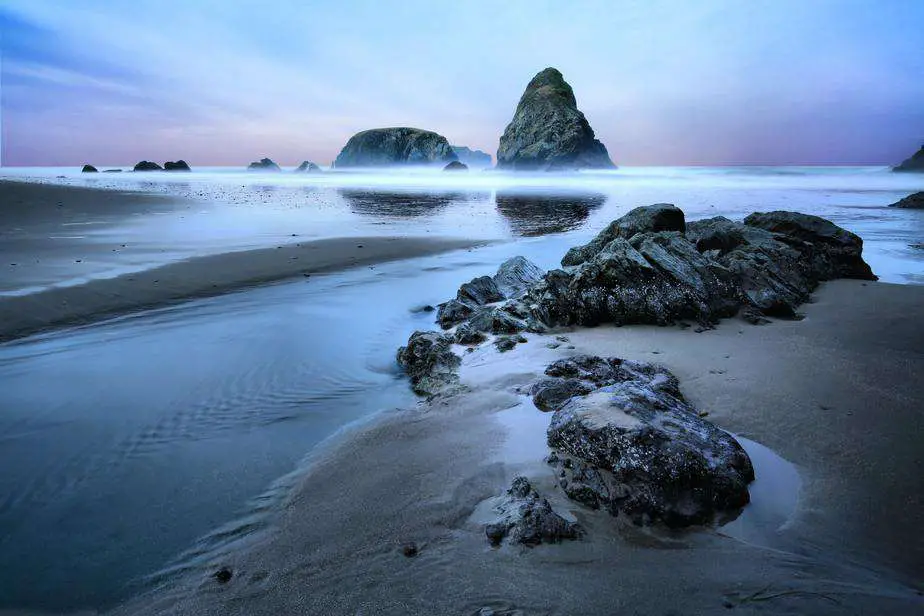
As we can see from the pros and cons of each one, there are advantages and disadvantages to both, so we cannot easily say that one is “better” than the other. Also, as long as you are aware of what you’re getting yourself into, in reality there’s not much difference when you’re snorkeling as long as you don’t get caught in the transition.
Since this is such a subjective topic, the only way to know for sure is if you snorkel during both and see which you prefer. This can even differ depending on the location. Both high and low tide are good in their own ways, since both give you a different experience.
Another factor to consider is the tidal range of the destination you intend to snorkel at. At some destinations, such as the Caribbean, there is little difference in the water height between high tide and low tide, so you can snorkel pretty much whenever you want assuming the other weather conditions are fine.
How tides can affect waves
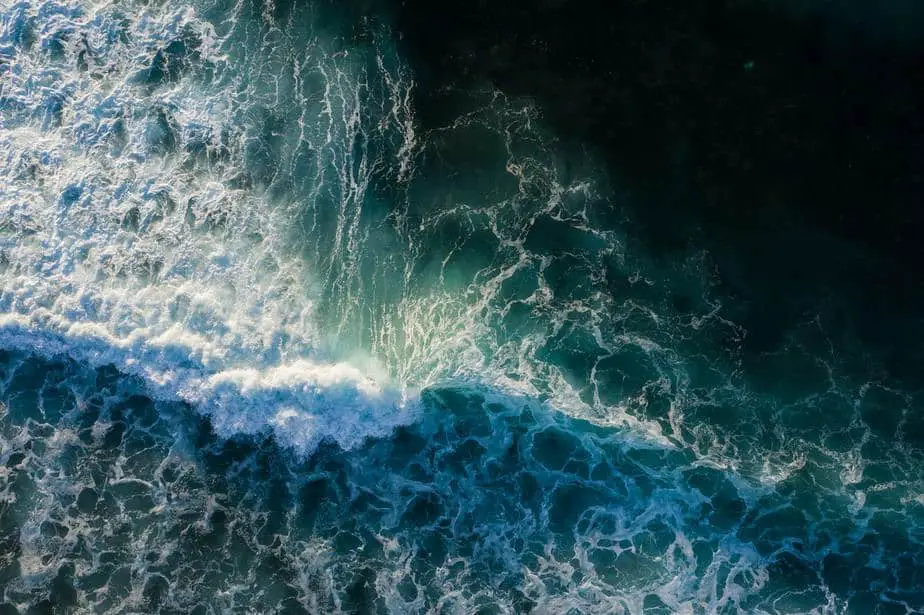
Since the tides have an impact on the waves in the water, keep in mind that it’s generally not a good idea to snorkel when there are large waves. The movement of the water will affect the movement of the aquatic life, causing them to be less still. It will also affect you, making you nauseous and possibly pushing you into sharp rocks or coral.
Ideally, you want calm waters, at most small waves, to have a safe and enjoyable snorkeling trip. For this reason, a safe bet is to snorkel in a protected bay or lagoon since there won’t be much, if any, tidal currents affecting you there.
Planning around tides
When it comes to tides, no two are the same. The location also plays an important part in your considerations. For instance, some destinations don’t change much in terms of water height, and others have a massive difference. Some places are only accessible during low tide, and so on.
You need to plan for this because it’s different everywhere you go. A good way to do that is to look at the tide charts at a local dive shop. You can also look at some weather forecasts. Keep in mind, these options are somewhat lacking in detail; they’ll tell you when low tide and high tide are and that’s about it.
To get a more detailed answer, you can try asking a local or the dive shop employee. Or, you can do your own detailed research using a site such as Tide Forecast. This is not the only tool, so if you don’t like it, try googling for another.
Using tide tables
If you’re not sure how to read tide tables, watch the above video or check out this article.
Let’s discuss what to keep an eye out for. If you’re an advanced snorkeler, you should look for a low tide of 1.3 to 1.5 ft max. Any higher than that, and you might not have enough shallow pools to check out. If you’re just starting out, you can double this amount.
Additionally, check if the tides are outbound or inbound. Outbound tides tend to work best for snorkelers, say, around an hour before a max low.
It’s also worth mentioning that tide forecasts don’t need to be 100% accurate. It’s sort of like a weather forecast; as long as it’s generally correct, you already get most of the benefit out of it. There are many factors that can affect the tides from one day to the next, so you should also check it as close to when you’re about to snorkel as possible.
When is the best time of the day to snorkel?
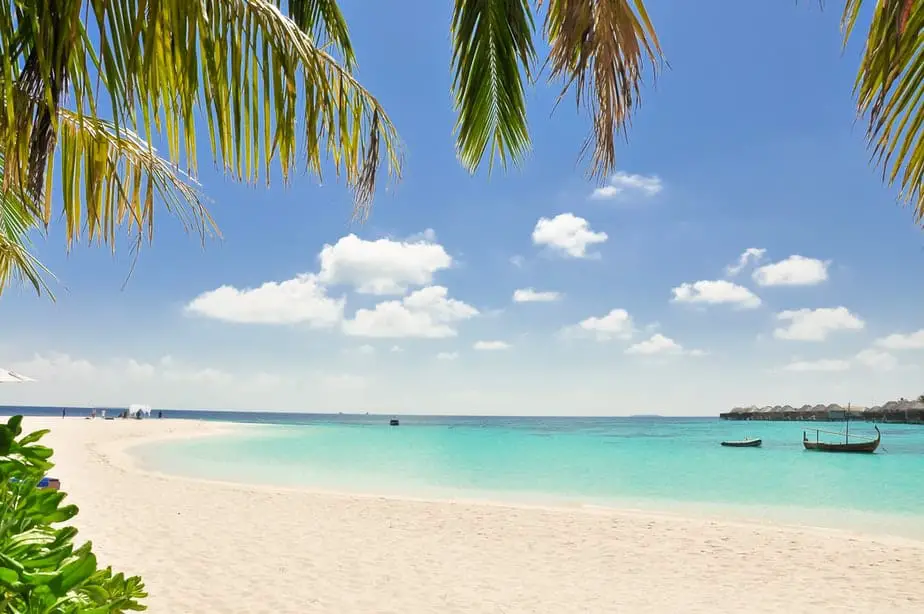
There are some key considerations to keep in mind when deciding when you want to snorkel.
For instance, the tidal state (i.e. high tide or low tide which we explained above) will change your snorkeling experience. Say you want to snorkel during a low tide; you will have to figure out when it will be low tide and that dictates the timing of when you can snorkel.
Another factor to consider is how hot the sun is going to be and how sensitive your skin is to it. Beyond just the heat, the sun can also cause sunburn and even skin cancer. For this reason, if you happen to be snorkeling around noon when the sun is at its peak, you need to wear an exposure suit (i.e. a full rash vest or wetsuit) and use reef-safe sunscreen liberally on the exposed areas.
Snorkeling too close to sunrise or sunset is not ideal since the lack of light will make it hard to see the bottom. Ideally, you want the sun to be fairly high in the sky to be able to see the bottom.
You must also consider the weather. Wind, rain, and clouds are a snorkeler’s enemy. The wind affects currents and possibly makes it unsafe. Also, fish don’t like to swim against current so they will be harder to spot. Rain alone doesn’t necessarily mean you can’t snorkel, however rain means clouds which means less sunlight. Depending on how hard it’s raining, it can even obscure your vision and if you combine this with wind, it’s probably a good reason to cancel your snorkeling session.
Parting words
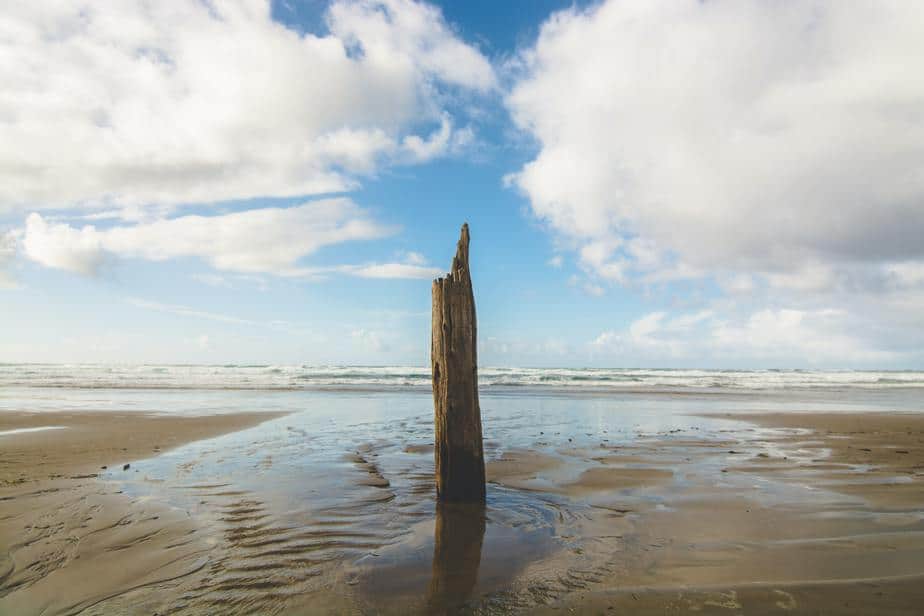
There is no best tide to snorkel in, only the one that you prefer the most. The general consensus for snorkelers is that low tides are better because it results in shallow pools which allow you to get a closer and clear view of the aquatic life. Since you are closer to the bottom, it is also a lot safer and the risk of drowning is decreased.
High tide has its advantages as well. For instance, the water visibility tends to be better. You can also see different fish; high tide is when predatory fish come out to hunt. If there are lots of coral reefs around, high tide increases the water height and makes it possible for one to snorkel above them without hitting them.
Though the type of tide is important, you need to also consider other factors like wind, rain, currents, temperature and time of day. Thankfully, if you go snorkeling during the summer, you’ll find that the conditions are usually quite idyllic.
You can look up the tide forecast by using local tide tables, listening to the local weather forecast, or using websites that track the local tides. However, the easiest and most straightforward answer, particularly if you’re a beginner, is to just ask a local or the dive shop employee for their tips.

